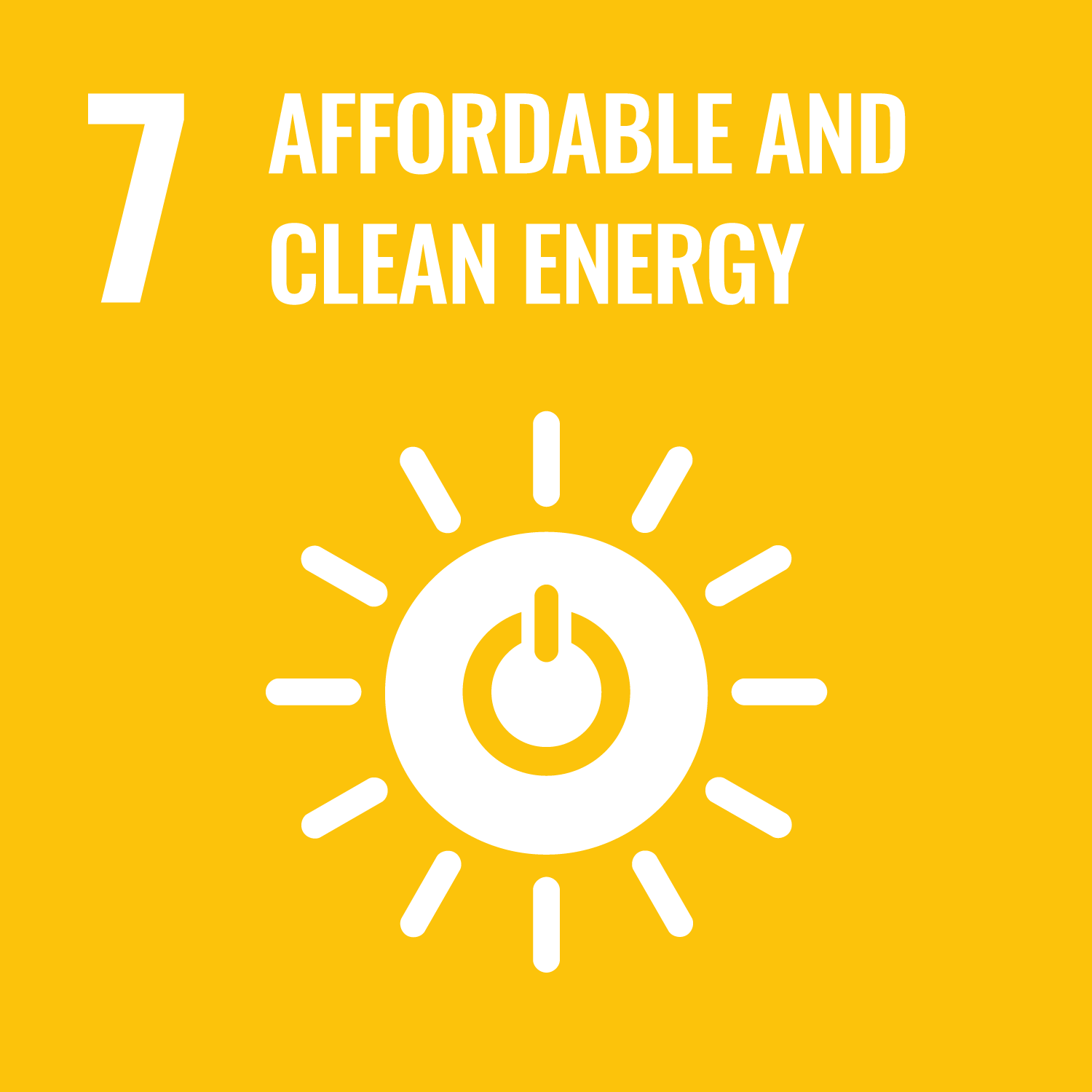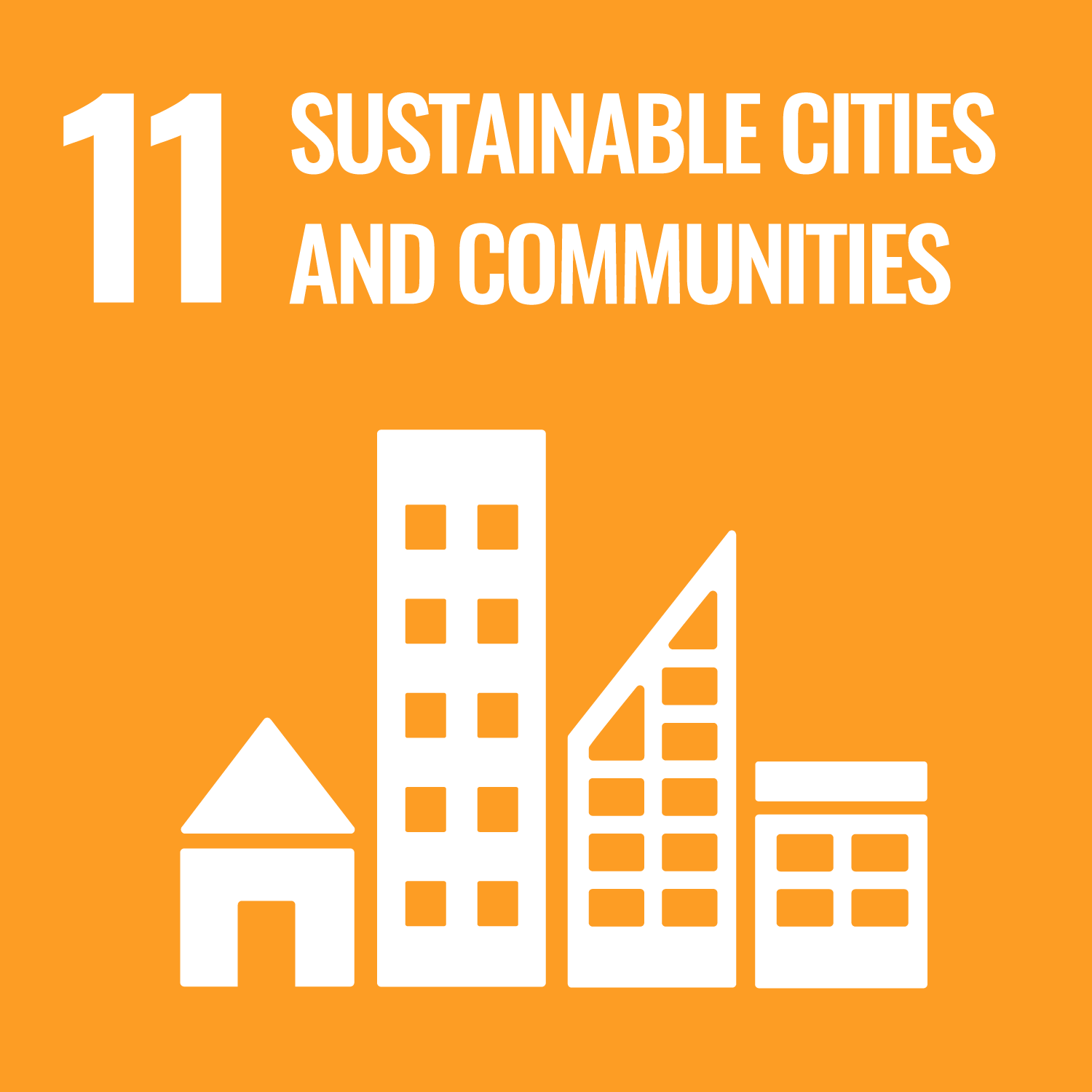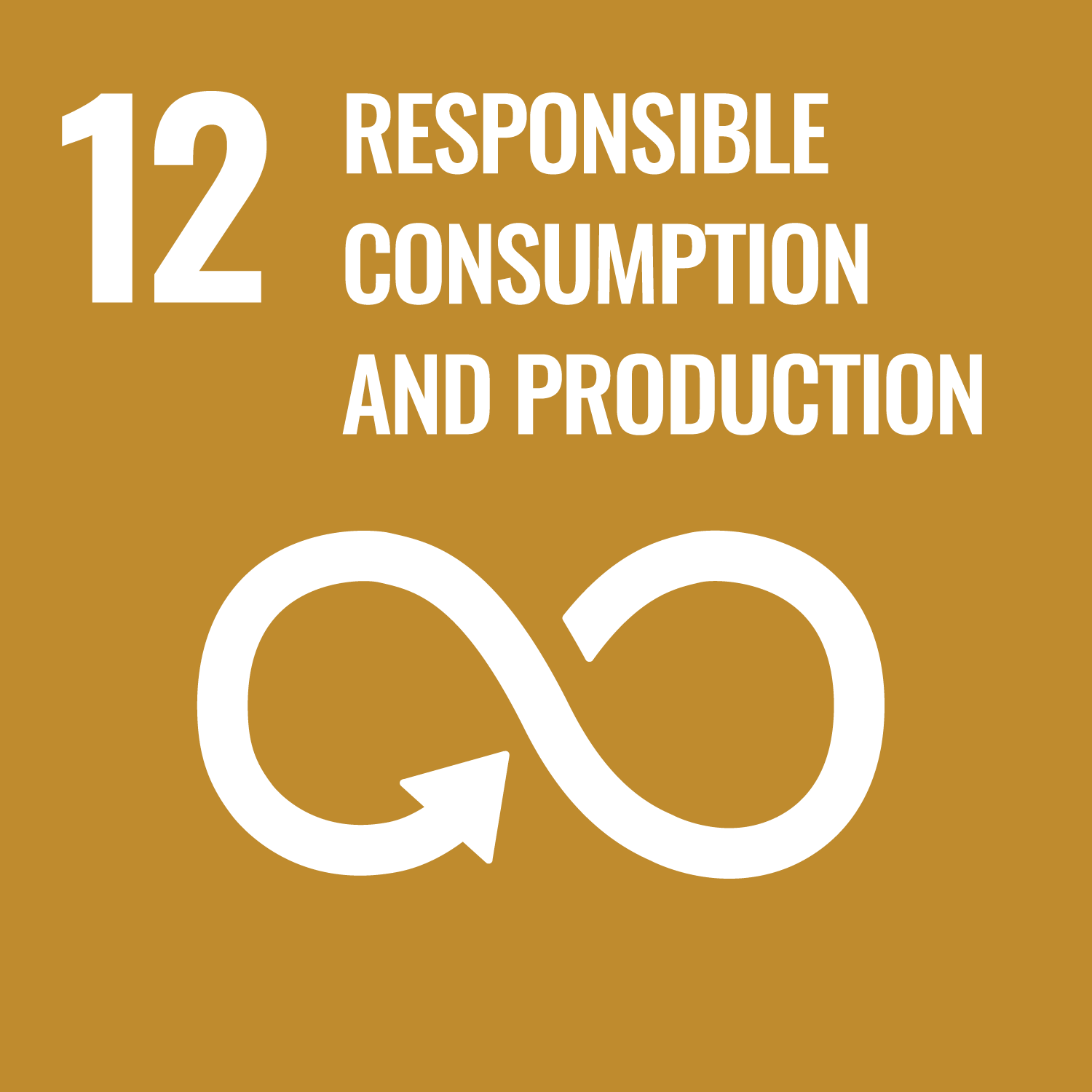LCS-FY2019-PP-12
Secondary Battery System (Vol. 8):
Cost Evaluation and Technological Challenges of an All-solid-state Lithium-ion Battery
Summary
The lithium-ion battery (LIB) is used in stationary power storage systems to stably supply renewable energy such as solar power and wind power, and in mobile power sources such as electric vehicles, and is an important technical element in achieving a sustainable low carbon society.
However, because LIB contains a flammable organic electrolyte, there is a concern that leakage or an internal short-circuit or overcharging may cause ignition or explosion. In recent years, as the energy density of LIBs has increased and the demand for safety has increased, attempts to use inorganic solid electrolytes instead of organic electrolytes have gained attention. In this proposal a laminated cell was designed and the manufacturing cost was calculated with a focus on an all-solid-state LIB using a sulfide-based solid electrolyte as the electrolyte. As a result, the manufacturing cost of the current model of an all-solid-state LIB is 61 to 356 JPY/Wh, which is about 4 to 25 times higher than the conventional LIB (14 JPY/Wh). The main reasons for the high manufacturing cost of all-solid-state LIBs are (1) the high price of the solid electrolyte, (2) the large amount of solid electrolyte used, and (3) the high cost of the manufacturing process necessitated by using a sulfide-based solid electrolyte. To achieve an all-solid LIB that meets the required levels of manufacturing cost and battery performance, it is important to produce a solid electrolyte material having the desired physical properties (good lithium ion conductivity, chemical and electrochemical stability, flexibility to form a good interface with low pressure pressing) and having a manufacturing process that can operate at a low cost.





